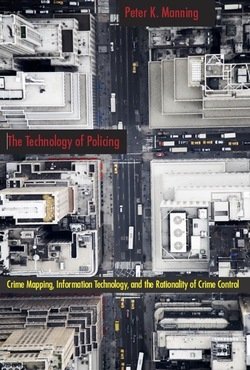By Christopher S. Koper, Cynthia Lum, James J. Willis, Dan J. Woods and Julie Hibdon
Using a multi-method approach in four large law enforcement agencies, both urban and suburban, this study examined many of the social, organizational, and behavioral aspects of implementing police technologies, so as to make recommendations for optimizing the use of technology in policing.
The study consisted of officer surveys, field observations, interviews, focus groups, and experimental and quasi-experimental evaluations. It assessed the uses and impacts of several information, analytical, surveillance, and forensic technologies, including information technology (IT), mobile computing, crime analysis, and license plate readers. The study determined how these technologies affected policing operations, management, agency structure, culture, efficiency, effectiveness, citizen interaction, and job satisfaction. Overall, the study found that technology’s effects on policing are complex and often contradictory.
The recommendations for police agencies include a broad base of participation in the planning and implementation process for a new technology, involving those who will be affected by the technology; providing pilot testing and refinement of early versions of a technology; ensuring appropriate training in the characteristics and uses of the technology; and having a systematic and continuous follow-up, in-service training, ongoing technical support, and adaptation to lessons learned.
Fairfax, VA: George Mason University, Center for Evidence-Based Crime Policy 2016. 336p.





















